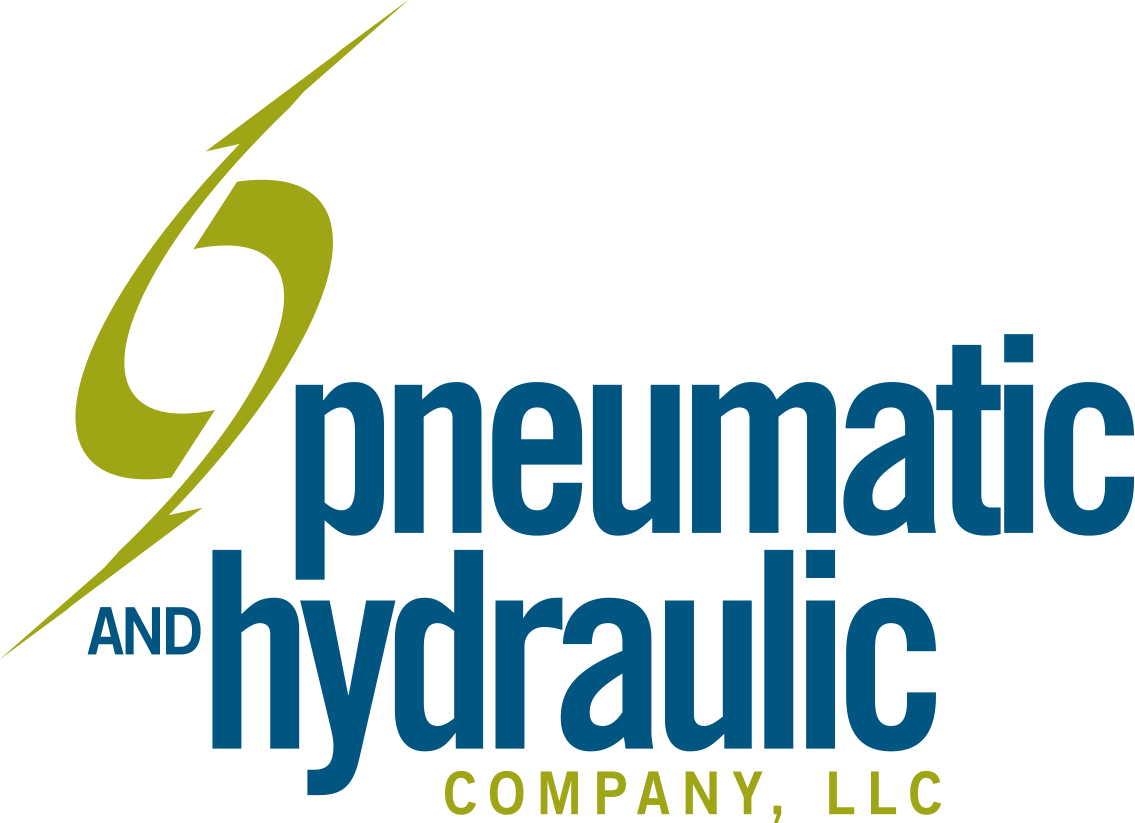When your pressure test system isn’t working check these 4 things.
- Check your pumps.
Perhaps the most important component in a system is the pumps and boosters. These components are usually the first to fail because of how much they are used. Common pump and booster issues include:- Visual Seal leaks
- Troubleshoot pump separately, Isolate from system
- Check O-rings on spools and lubricate
- Check your pressure.
The next thing you should check is your incoming air pressure. If your incoming pressure is not sufficient, your system is not going to perform as it should. Your pumps may not be able to achieve the desired outlet pressure and the air operated calved may not seal in the closed position. Alternatively, if your incoming pressure is too high, it can damage your system and even cause severe injuries. So, it’s a good idea to periodically check the air pressure to the system as well as to any air operated valves. - Check your filters.
A blocked or dirty filter can spell trouble for your pressure testing system. Be sure to drain and inspect your air and water filters regularly to ensure they are clean and unobstructed. To do this on the air inlet filter, twist the valve on the bottom of the filter bowl to allow the air to blow out any moisture. You can also spin the filters off to inspect elements and either drain the water manually or inspect that the auto drain works correctly. For liquid filters, shut-off the fluid supply and remove the filter element by unscrewing it from the filter head. Clean or replace the element as necessary. - Check your reservoirs.
Both fluid reservoirs and air tanks can accumulate debris over time, whether it is from contaminated fluid entering the system or moist air from your shop air supply. Be sure to drain your tanks and reservoirs frequently to remove any build up. It is especially important to remove any moisture from your air tanks to prevent rust from building up and to keep your air lines and tools dry.
